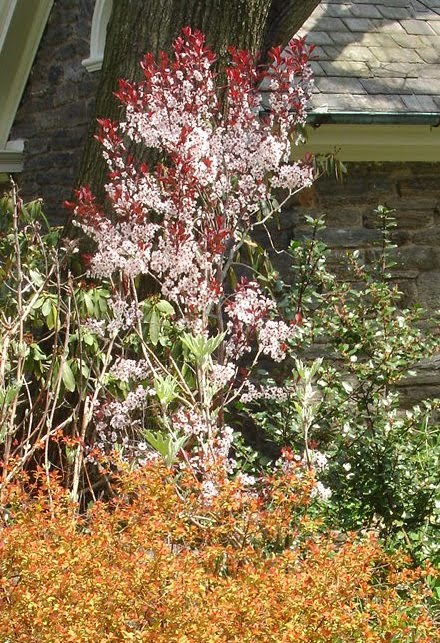Purple Leaf Sand Cherry Diseases

Another common disease of the sand cherry is powdery mildew infamous for the white powdery growth it produces on leaves and stems.
Purple leaf sand cherry diseases. Most insects can be controlled by blasting the affected leaves with a strong blast of water or by spraying the foliage with insecticidal soap. Purple leaf sand cherry is also bothered by several pests including. Genus prunus can be deciduous or evergreen trees or shrubs with showy flowers in spring and often good autumn foliage colour. Purple leaf sand cherry prunus x cistena is a member of the rose family. This easy care plant makes a great addition to the landscape. Signs of insect infestation the signs of infestation are different for aphids borers tent caterpillars and webworms. Plum leaf sand cherry also referred to as purple leaf sand cherry plants is a medium sized ornamental shrub or small tree that when mature reaches a height of approximately 8 feet tall by 8 feet wide.
Some have edible fruit in autumn and a few species have ornamental bark. Other common names purple leaf sand cherry. Other pests include the peachtree borer scale fall webworm aphids mealy bugs and tent caterpillars. Unfortunately despite your best attempts pests and disease may shorten the life span of purple leaf sand cherry. Black knot is a widespread fungal disease that attacks plum and cherry trees both fruiting and ornamental. Common diseases include honey fungus verticillium wilt black knot cankers powdery mildew leaf spot and bacterial leaf scorch. However in addition to the various pests that can attack the tree it is susceptible to diseases such as verticillium wilt black knot honey fungus powdery mildew leaf spot cankers bacterial leaf scorch and frost cracks.
It may be spread by wind water and insects. Synonyms prunus cistena crimson dwarf prunus cistena purpurea. Purple leaf plum trees are known to be susceptible to a large number of diseases including black knot leaf spot die back leaf curl powdery mildew root rot and fireblight.































































